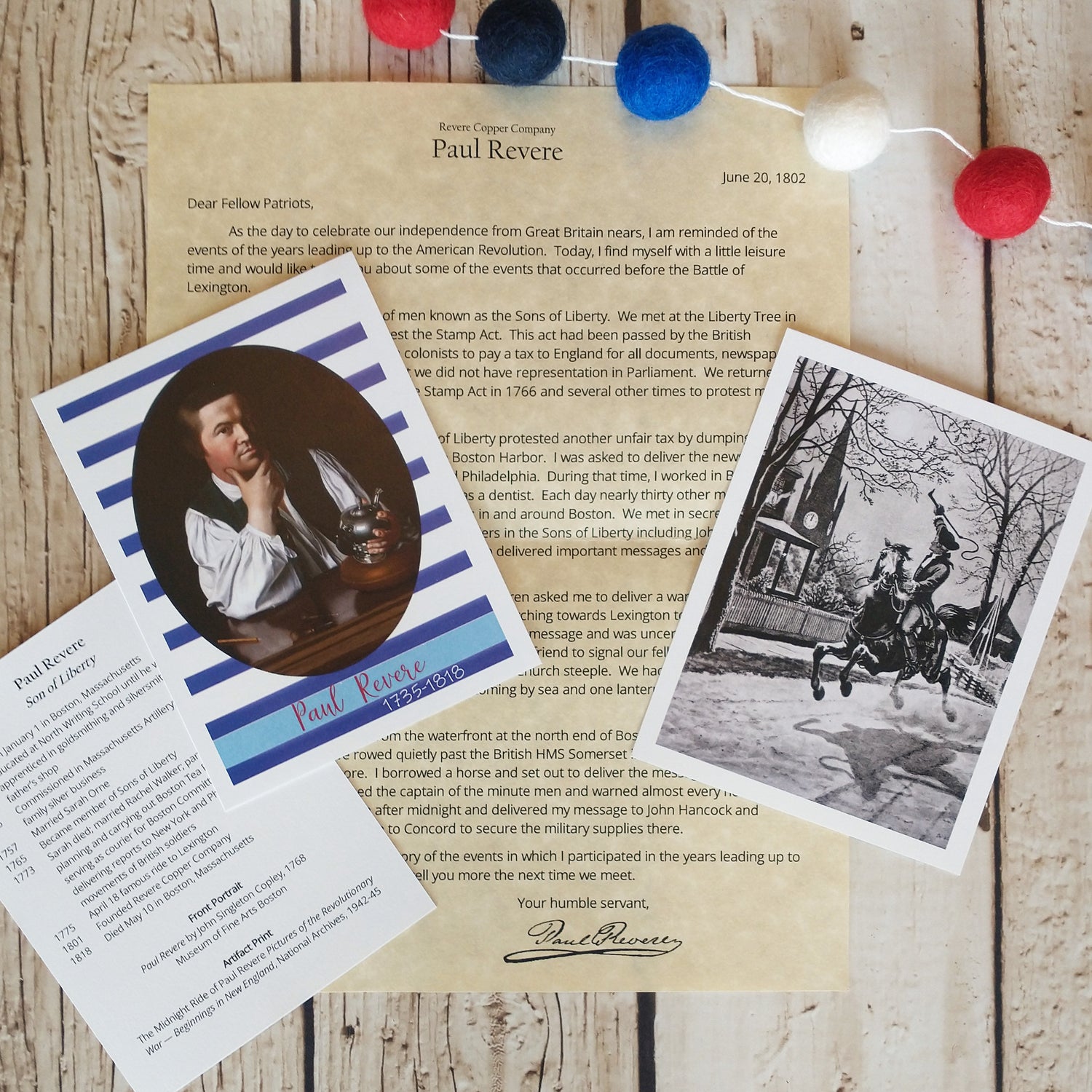Making History Come Alive
Share
Making History Come Alive
On a cool fall day we parked our car in a freshly mowed area of the state park, one that did not appear familiar with human visitors. From there we followed the mowed lane down into the campgrounds area looking for the camp host, or booshway, as they are called by their fellow reenactors. Booshway found and our entry way paid we stepped back into the pre-1840s American frontier.
The aroma of campfires filled the air while our eyes took in the sights of canvas tents, tepees, and folks milling around in everything from buckskins to cotton dresses or trousers with woolen coats or blankets thrown over their shoulders to help fend off our first true cold snap of autumn.
Modern day folks would have run scurrying for the warmth of the indoors, but the people we met were joyful even in the face of a stiff Oklahoma wind as they sat around campfires sipping mugs of coffee and tea while catching up with their friends.

While at these camps the reenactors take on their own camp personas and few of them even know each other by their given names, only by their camp names. We met trappers, traders, long hunters, a blacksmith, a preacher, and natives to name a few. I’m almost tempted to say here that we met people portraying these people, but that doesn’t actually do it justice. Walking into a mountain man encampment is truly like stepping back into the early 1800s American frontier. These people absolutely love what they do and slip into character well and completely. They stand ever ready to demonstrate a skill or share a history lesson with the camp’s visitors, engaging young and old alike with the sights, sounds, and tales of America’s past.
As with other camps we’ve visited in the past, the blacksmith was in high demand as someone always seems to need a tent stake or five to replace broken ones or to add to the ones they already had to help steady their primitive tent against the harsh wind. He’s a friendly fellow, ready to answer questions or tell a story as he forges and hammers the hot metal into stakes for the other campers. On a cold day the warmth of his fire warms the bodies of his guests of his tales warm their spirits and imaginations.

This pop-up mountain man encampment was complete with a trading post brimming with period authentic wares for all and a even boasted a preacher to conduct the Sunday morning church service and provide spiritual encouragement to the campers.
All over the New World today one can take a step back in time to visit various living history events to see what life was life for those who helped forge the way in the beginnings of our great nation. Across the land stretching all the way from where the pilgrims first set foot on Plymouth Rock to the mouth of the Columbia River where the Lewis and Clark Expedition finally reached the vast Pacific Ocean, there are events unique to each area’s portion of our story and that story is out there, waiting to unfold for you and your family in a way like you’ve never seen it before.
In the education world, there is much credence given to the educator Charlotte Mason for her focus on educating children with living books. Books that make the subject come alive which are full of engaging narratives, real people, real events, and real stories. Books that contain ideas, not just facts, and engage the imagination and ignite passion to learn, explore, and share. Ms. Mason also greatly emphasized the importance of narrating, or retelling of what was learned, and of artistic expression.
Living history events take these elements of living books, narration, and artistic expression and use them to breath life into the story of America as we visit the settlements, campgrounds, villages, and battlegrounds that are central to our nation’s story. We see native villages, ships, forts, primitive camps, courthouses, tools, clothing, and much, much more. Some of them are authentic and well preserved while others are well studied and reconstructed keeping as true to the original materials and methods as possible. We meet reenactors who show us the stories of our history in living color. We hear the stories, learn the skills, imagine, dream, and engage with our past in a way like no other can compare.

As a family we tend to gravitate towards historical sites when we travel. We desire to learn and to see the beauty of our nation’s history, its people, and its land. Our children have been transported to the days of 1492 as they set foot on replicas of Columbus’s ships. They’ve visited Native American villages and sat in a dugout canoe. They’ve walked the cobblestone streets of Colonial Williamsburg and stood on President George Washington’s back porch overlooking the mighty Potomac River. They’ve eaten bread baked in a wood-fired oven dating back to 1863 in Indian Territory. They’ve gazed at the Blue Ridge Mountains through the window of President James Madison’s study where he researched the history of the successes and failures of centuries of world governments as he determined best how to construct our own.

We believe that the best way to teach our children America’s history is to show them America’s history. Living history events, reenactments, and museums help us do that in a way that no other method could ever compete..
We believe that the American story is a remarkable one that can have a bright future if we continue teaching new generations the values, work ethic, and the stories that brought it to life. We are forever grateful for all of those who celebrate it by preserving it, sharing it, and making it come alive today!
